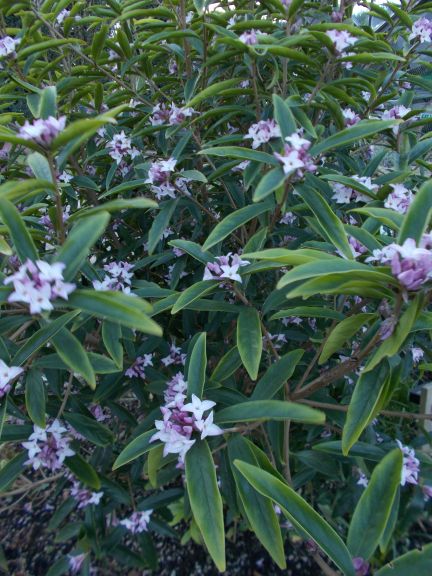

After interviewing community members and people involved with the organization of the project, we believe that individuals directly involved with volunteering benefited the most while governments seem to be dragging their feet. With this in mind, we believe the project expresses planting success so far, but does the community awareness share this success?Ĭommunities are there to support each other and their environment so getting the public to embrace the project should always be a goal for conservation organizations. SeaChange has a 5 year monitoring plan in place is encouraging. High density of shoots provides protection for many creatures. Here is a video detailing the work of these students on eelgrass: The group submitted their eelgrass project to the BC Green Games, and won first prize for secondary schools for 2015, for eco-storytelling in B.C.’s schools. Over the last four years, many students got involved with BEAT as they learned about their connection to eelgrass and its importance. Laura Richardson, the teacher sponsor of BEAT became involved with Nikki Wright, executive director of SeaChange, in 2011. One hundred and sixty-five volunteers were directly involved in planting, including students from Brentwood College’s Environmental Action Team (BEAT).

SeaChange made it easy for many communities and individuals to get involved with the mapping and restoration efforts. Transplants endured these challenges and survived showing signs of continued success. Other challenges included: strong winds, seafloor quality, grazing and disturbances from crabs were other challenges faced. One of the Cowichan Bay sites planted in 2013 showed poor survival likely due to water quality from a nearby marina. We can call McLean Bay a success! This planted bed has more shoots over the area than the donor bed and has no patchiness throughout! However, not all sites were a success. Which shows a positive difference between the restored bed and native bed densities for Maple Bay and McLean Bay. Shoot density of sites six months after 2014 planting by SeaChange for sites with data for planting beds and native beds (Wright 2015). You can see this improvement in the graph below, There are signs of it! After six months, most of the beds appear to be surviving. SeaChange is committed to monitoring the planted eelgrass beds for the next 5 years to make sure that the beds continue to succeed. Action was also taken to remove old logging equipment to ensure the best possible growing conditions. Volunteers helped to tie shoots onto metal washers, that served as anchors, which were planted into the seafloor by divers. Eelgrass shoot transplants were taken from nearby native eelgrass beds. The coverage of eelgrass located along shallow coastlines was looked at, as well any factors that may influence the health of these eelgrass beds. Listen to Kate Emmings, the ecosystem protection specialist for Islands Trust Fund, speaking in a Coast FM radio show about the importance of careful mapping in determining potential transplant sites: In 2012, SeaChange Marine Conservation Society teamed up with other organizations and began mapping islands in the Salish Sea, BC. Animals eating the grass, such as the Canadian Goose.Physical disturbance due to increased boat traffic.Nutrient runoffs which promotes algal blooms and decreases water quality.Dredging which increases sedimentation and decreases water quality.Development along shorelines for commercial, residential and agricultural reasons.Coastal infrastructure blocking sunlight for plants.Aid in the fight against climate change! An incredibly important blue carbon sinkĬheck out the following video made by the Sierra Club BC for more information on just how effective eelgrass is at sequestering carbon:īecause of us! Coastal populations on the rise and unfortunately, we are having direct impacts on the health of eelgrass beds:.Provide a nursery grounds for fish that lay their eggs on shoots.


 0 kommentar(er)
0 kommentar(er)
